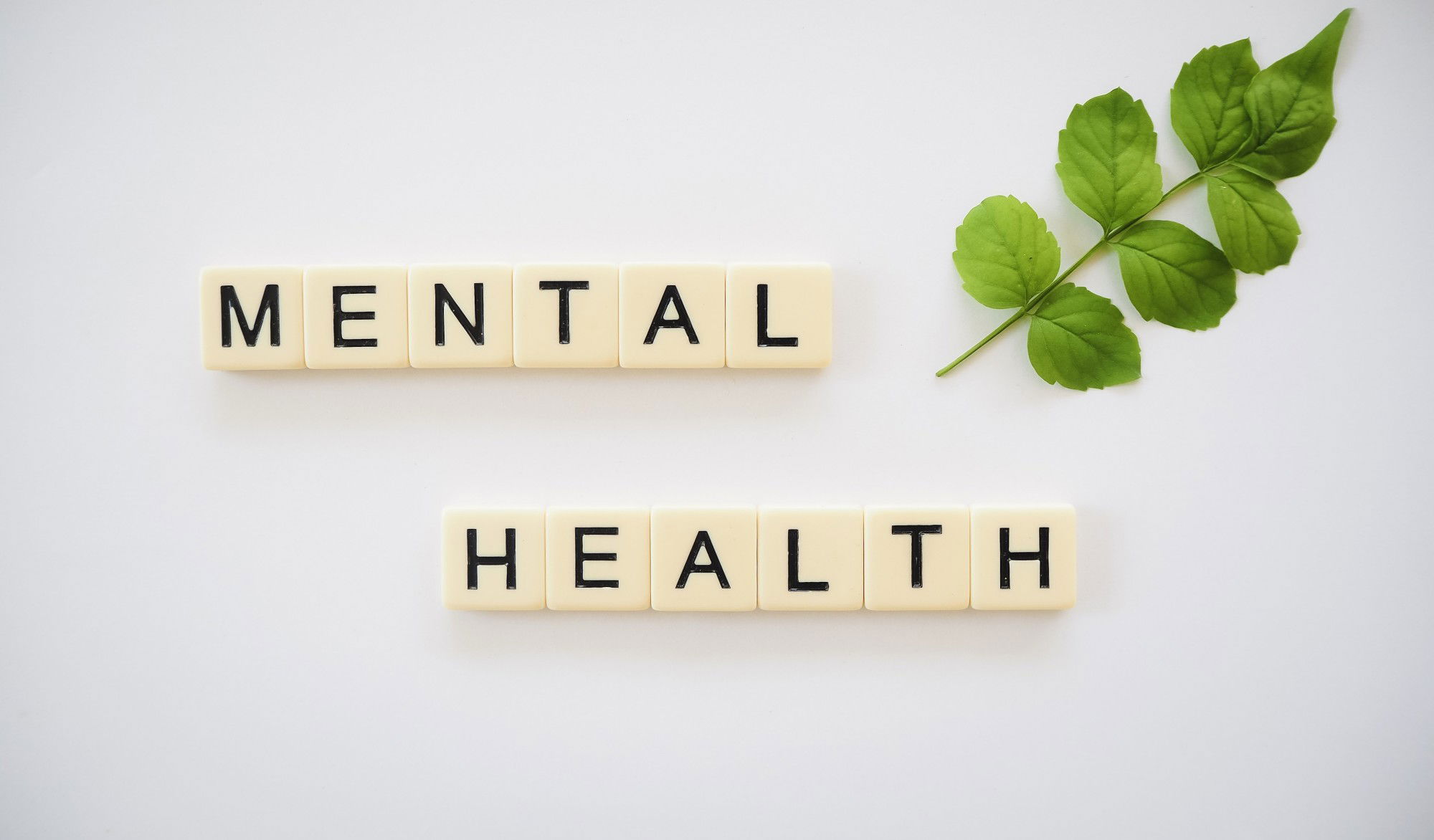Child Mental Health Treatment Outcomes
Identifying and evaluating the efficacy of child mental health treatment interventions is a long-standing national priority. Many standardized assessment tools have been developed to measure child mental health treatment outcomes. These tools have been applied in a wide variety of conditions. Some measures have been developed specifically for children with emotional or behavioral problems, while others are used to measure a variety of mental health conditions.
Choosing a measure for child mental health treatment requires evaluating its validity and reliability. DHCS agency partners have prioritized measures that are based on quantitative scores and are appropriate for children aged 5 to 16 years. Most measures have been tested on community samples, but some have been tested on specific populations. Some studies have evaluated the accuracy of a measure when applied to children who are at risk for emotional or behavioral disorders.
One measure that has been widely used to measure child mental health treatment outcomes is the Strengths and Difficulties Questionnaire. This is a scale that is used in Meridian HealthCare residential treatment facilities to identify high-risk youth. It has been validated in both the U.S. and abroad. It has also been evaluated for internal consistency. This measure has also been evaluated with special needs adopted children.
In addition to the Strengths and Difficulties Questionnaire, there is a number of other standardized assessment tools available to children. These include the Pediatric Symptom Checklist, which was developed by the Journal of Pediatric Psychology in 1989. It has been validated in a middle school context. It has also been tested in the context of Latino populations. It has been validated for the Spanish-speaking population in Puerto Rico.
Another measure is the Child Behavior Checklist, which is used as a screening instrument in child psychiatry. It has been evaluated for concurrent validity and translated into Spanish. It has also been used in low-income Mexican American populations. It has also been used in research on psychosocial screening. This tool has been evaluated by Sheldrick et al. It has also been tested for sensitivity to children with autism. Explaining Children's Mental Health is the first priority a mental health specialist focuses before suggesting the possible ways of solving the problem.
In addition to the Strengths and Difficulties Questionnaire, there are a number of other standardized measures that have been tested in child mental health treatment. These include the Child and Adolescent Functional Assessment Scale (CAFAS), the Preschool and Early Childhood Functional Assessment Scale (PSC), the Child Behavior Checklist (CBCL), and the Pediatric Symptom Checklist (PSC-17). These measures were all designed to measure a wide variety of mental health conditions and have been tested in different age ranges. They have also been used in various clinical settings.
Another tool is the TOP questionnaire, which has been used in community samples. These questionnaires were anonymous and did not collect information about the child's ethnicity or class. The TOP questionnaire showed moderate to high correlations with other subscales.
One study evaluated the effectiveness of the Child Behavior Checklist on bilingual parents. The researchers recruited parents of Spanish-speaking children who were referred to a mental health facility. It was found that the CBCL was reliable for both Spanish-speaking and English-speaking parents. Click here: https://en.wikipedia.org/wiki/Child_psychotherapy.

